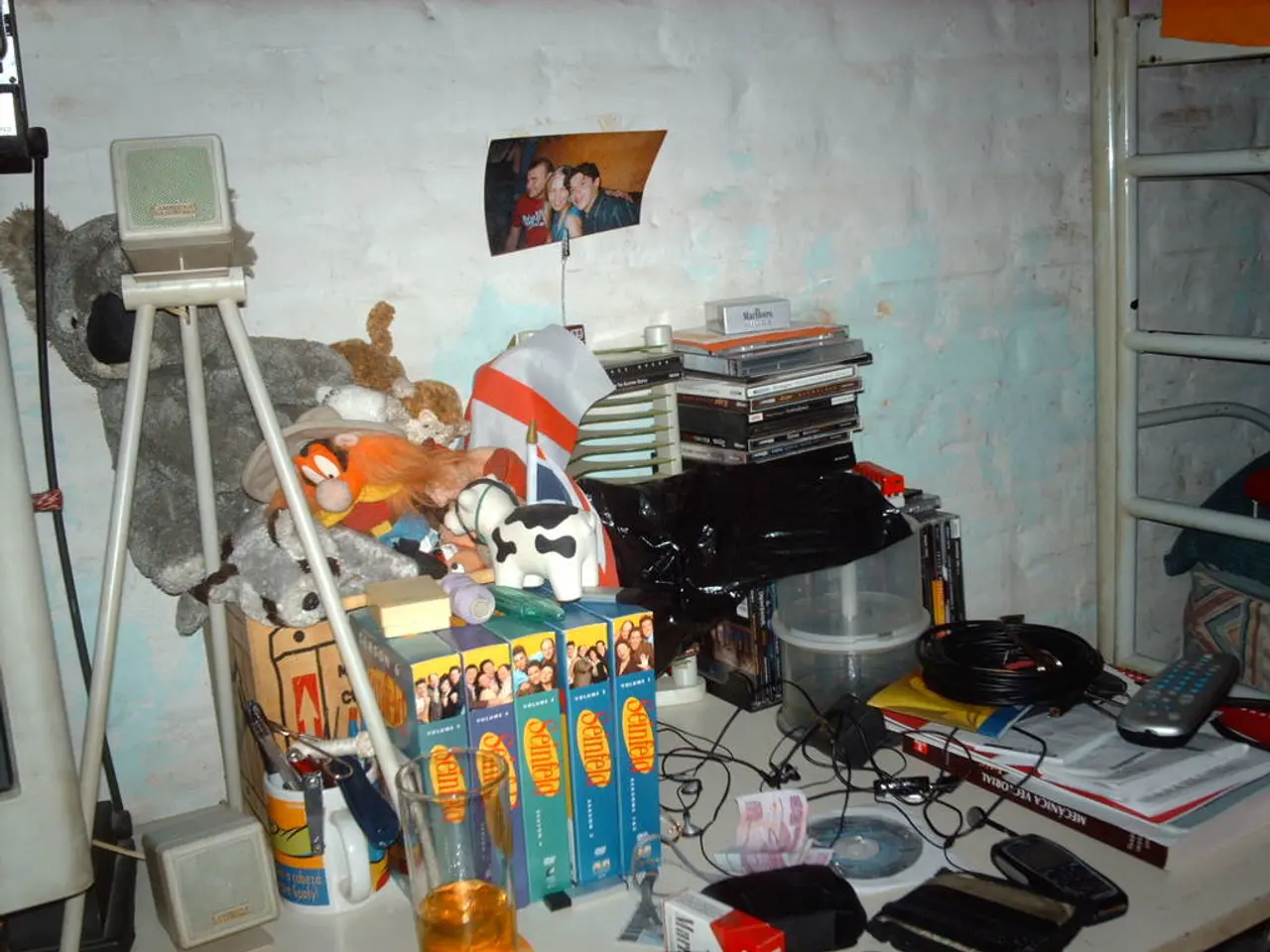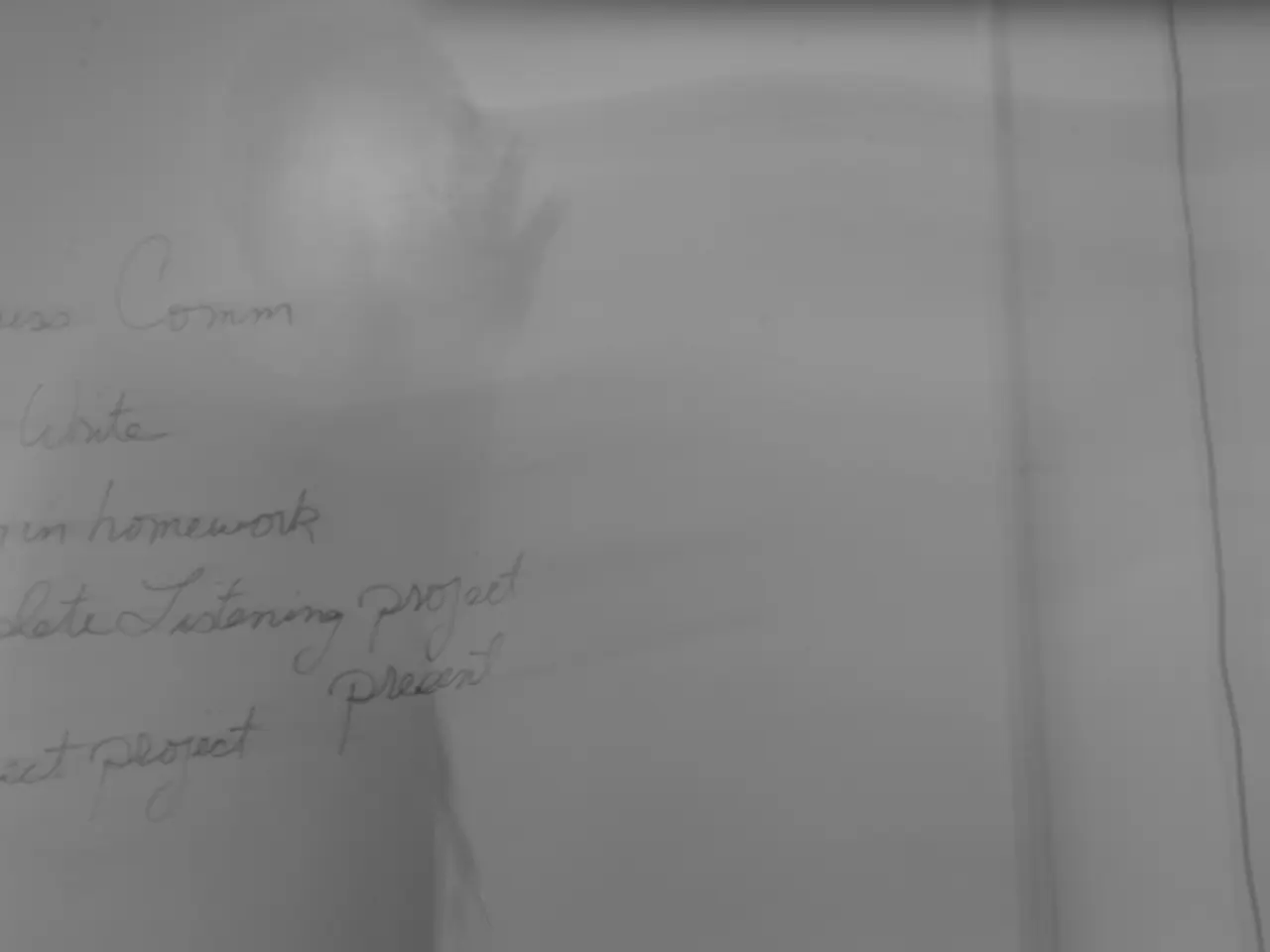Electricity Experiments for Children: A Guide to Building and Understanding Simple Circuit Designs
Parallel circuits and series circuits are two fundamental concepts in electricity that children can learn through simple, hands-on activities. In a parallel circuit, electricity flows through separate branches, offering several benefits over series circuits, particularly when it comes to reliability and current flow.
In a series circuit, electric current follows a single path, with the current being the same through every component but the voltage being divided among them. If one component breaks, the entire circuit stops working because the path is broken. On the other hand, in a parallel circuit, there are multiple paths for the current to flow. The voltage across each component is the same as the source voltage, but the total current from the source splits and flows through each parallel branch independently. This means that if one branch fails, the others continue to work.
When it comes to resistance, things work differently in parallel and series circuits. In a series circuit, resistances add up directly, increasing the overall resistance and reducing the overall current. In a parallel circuit, each resistor is connected across the same two points, creating multiple paths. The total resistance is found by the reciprocal formula, resulting in a total resistance lower than any individual resistor, allowing more total current to flow.
Parallel circuits are preferred in home wiring and devices needing reliable operation if one part fails, while series circuits are used where the same current is needed throughout components. For instance, a home's lighting system is a real-life example of a parallel circuit, as each light bulb has a pathway for electricity, and if one bulb burns out, the others will stay on.
For kids, learning the basics of parallel circuits can be an engaging and educational experience. Activities can include building a parallel circuit using light bulbs, a battery, wires, a switch (optional), and a resistor. The activity is best suited for children in Grades 3rd to 6th. With adult supervision and assistance, they can connect wires to the battery, prepare the wires, branch the wires, connect the light bulbs, secure connections, test the circuit, and observe the circuit's behaviour when a bulb is removed.
Extension activities for parallel circuits can involve building and comparing circuits, adding more bulbs, adding a switch, and testing with a resistor. By understanding parallel circuits, children can develop a foundation for more complex electrical concepts, fostering curiosity and a love for science.
- Engaging hands-on activities in STEM education and self-development can help kids learn the fun concept of parallel circuits, a critical aspect in the field of engineering.
- In parallel circuits, each component, such as light bulbs, receives the same voltage from the source, but the total current from the source splits and flows independently through each branch.
- For kids interested in news and advances in science, technology, engineering, and mathematics (STEM), understanding parallel circuits can offer a hands-on approach to learning about electronic projects and experiments.
- Parallel circuits are essential in various daily life applications, like home devices needing reliable operation even when one part fails.
- The art of engineering teaches us that, in a parallel circuit, electric current flows through multiple paths, making it more resilient to component failures compared to series circuits.
- With the right materials, like printables, batteries, wires, switches, and light bulbs, kids can create their hands-on learning experiences, building parallel circuits and observing the differences between them and series circuits.
- When it comes to kid's activities, parallel circuits can be a source of fun and excitement while teaching them the basics of electricity and electrical projects.
- In education and self-development, activities like building parallel circuits can provide a tangible understanding of the differences between parallel and series circuits, helping children better grasp these fundamental concepts in engineering.
- By connecting the dots in their learning journey through parallel circuits, kids can develop not only a deeper understanding of electricity but also a lifelong passion for science, technology, and engineering.
- In addition to hands-on activities, parallel circuits can also serve as a stepping stone for kids to explore further in STEM, paving the way for more complex experiments and projects.




